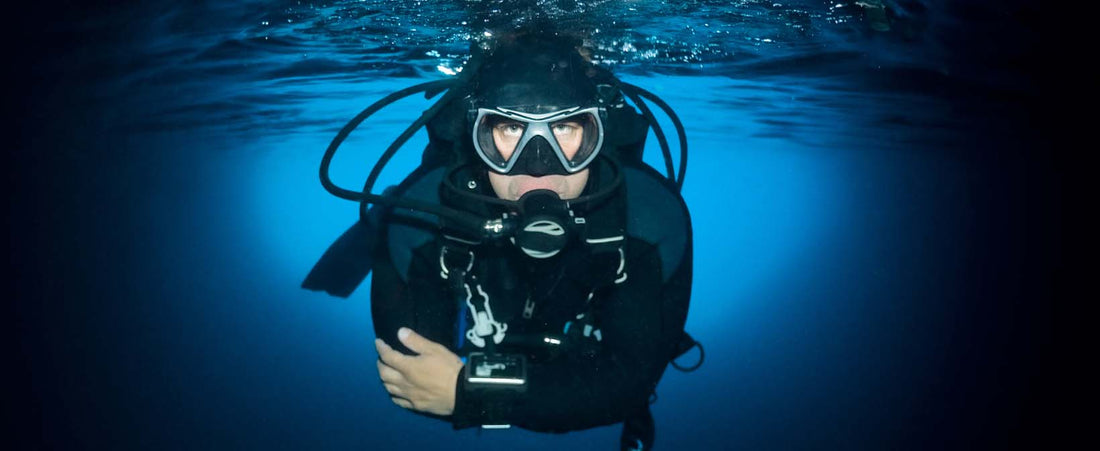1️⃣UV PROTECTION When scuba diving, it is essential to protect your skin from the sun's harmful ultraviolet (UV) rays. The best rash guard is a type of clothing that provides excellent UV protection, as well as is comfortable to wear and quick-drying. Rash guards are typically made from fabric with a UPF (ultraviolet protection factor) rating of 50 or higher. This means that they will block out at least 98% of the sun's UV rays. When choosing a rash guard, be sure to select one that is comfortable and fits well. You may also want to consider a scuba diving sun shirt with long sleeves for added protection.
2️⃣RASH PROTECTION Rashguards also act as a protective layer between your skin and your wetsuit, which can have seams that rub and irritate you.
3️⃣GET IN AND OUT A scuba diving rash guard is a tight-fitting shirt made of Lycra or nylon that helps to prevent chafing and sunburn while diving. It is easiest to put on a snug-fitting rash guard to get in and out of a wetsuit rashrash guard. The lycra or nylon material will help the wetsuit slide on easily. Looser-fitting rash guards are often preferred if you’re primarily wearing them as a comfortable coverup during surface intervals or for activities other than diving.
4️⃣QUICK DRYING Scuba diving is a great way to see the underwater world, but it's important to be comfortable while you're doing it. That's why quick-drying snorkeling rash guards are such a great option for scuba divers. They help keep you warm in between dives, and they're also great for hot days when you don't want to be sweating in a T-shirt. Plus, they offer UV protection from the sun. So quick-drying rash guards are the way to go if you're looking for a comfortable and practical option for scuba diving rashrash guards are the way to go.
5️⃣ Improves a Wetsuit’s Insulative Properties A wetsuit is a must-have for scuba diving in cold water, but it can also be helpful in warm water. The extra layer of clothing helps to insulate the body, keeping divers warm even in cooler waters. In addition, a wetsuit can help to prevent chafing and other discomfort that can occur when wearing a scuba suit for long periods. While a wetsuit is not always necessary in warm-water diving locales, it can be a helpful addition to a scuba diver's gear.
LAST BUT NOT LEAST
The most common materials used in making rash guards are nylon, lycra, spandex, or polyester. Look for ones that have been treated with a special UV coating to increase their value in protecting against harmful UV rays. Especially it will be better for a rash guard 50UPF+
You can see our men's collection here of our best rash guards
You can see our women's snorkeling rashguards collection here








